-
 Bitcoin
Bitcoin $82,817.8607
0.37% -
 Ethereum
Ethereum $1,786.3450
-0.21% -
 Tether USDt
Tether USDt $0.9995
-0.03% -
 XRP
XRP $2.0581
2.05% -
 BNB
BNB $588.2756
-0.68% -
 USDC
USDC $0.9998
0.00% -
 Solana
Solana $115.3483
0.38% -
 Dogecoin
Dogecoin $0.1636
2.68% -
 TRON
TRON $0.2386
2.84% -
 Cardano
Cardano $0.6358
-0.31% -
 UNUS SED LEO
UNUS SED LEO $9.3782
-0.39% -
 Toncoin
Toncoin $3.3861
-6.95% -
 Chainlink
Chainlink $12.5471
-1.04% -
 Stellar
Stellar $0.2562
0.24% -
 Avalanche
Avalanche $17.9826
0.03% -
 Shiba Inu
Shiba Inu $0.0...01210
0.63% -
 Sui
Sui $2.1798
-1.97% -
 Hedera
Hedera $0.1599
1.32% -
 Polkadot
Polkadot $4.0300
3.14% -
 Litecoin
Litecoin $82.4348
0.50% -
 MANTRA
MANTRA $6.2928
-0.26% -
 Bitcoin Cash
Bitcoin Cash $298.4903
-1.02% -
 Bitget Token
Bitget Token $4.4895
-0.77% -
 Dai
Dai $1.0000
0.00% -
 Ethena USDe
Ethena USDe $0.9995
-0.01% -
 Monero
Monero $215.3108
0.00% -
 Hyperliquid
Hyperliquid $11.2063
-1.26% -
 Uniswap
Uniswap $5.7675
-1.15% -
 Pi
Pi $0.5200
-14.33% -
 NEAR Protocol
NEAR Protocol $2.4551
3.63%
How does DAO achieve decentralized decision-making?
DAOs use tokenized governance and smart contracts to enable decentralized decision-making, ensuring transparency and preventing manipulation through blockchain technology.
Mar 30, 2025 at 03:42 pm
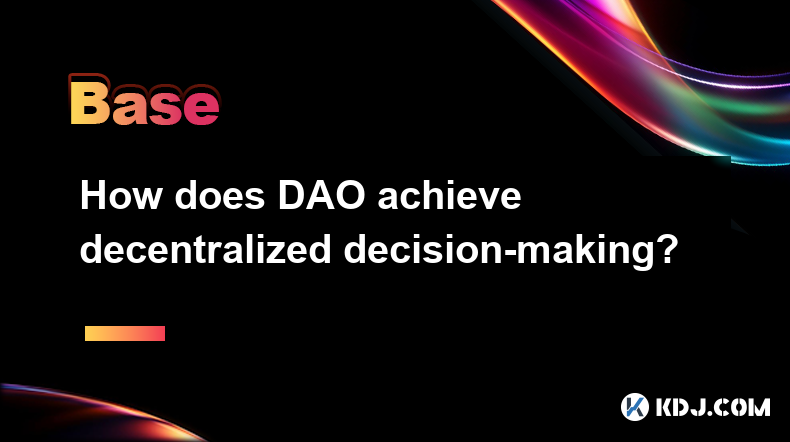
Understanding Decentralized Autonomous Organizations (DAOs) and Their Decision-Making Processes
Decentralized Autonomous Organizations (DAOs) represent a novel approach to organizational structure, aiming to eliminate centralized control and instead distribute power among its members. This is achieved through the use of blockchain technology and smart contracts. A core question surrounding DAOs is precisely how they manage to make decisions in a decentralized manner. This article will explore the mechanisms DAOs utilize to achieve this decentralized decision-making.
The fundamental principle behind DAO decentralized decision-making lies in the tokenized governance model. Members hold tokens that grant them voting rights proportional to their token holdings. This system ensures that decisions are not controlled by a single entity but are instead reflective of the collective will of the token holders. The more tokens a member holds, the more influence they have on the organization's direction.
The Role of Smart Contracts in DAO Governance
Smart contracts are self-executing contracts with the terms of the agreement between buyer and seller being directly written into lines of code. In the context of DAOs, smart contracts are crucial for automating the decision-making process. These contracts define the rules and procedures for proposals, voting, and the execution of decisions. This automation eliminates the need for intermediaries and ensures transparency and immutability. The code itself dictates how proposals are submitted, voted upon, and implemented, ensuring fairness and preventing manipulation.
Proposal Submission and Voting Mechanisms in DAOs
The process typically begins with a member submitting a proposal. This proposal outlines the suggested action or change within the DAO. The specifics of proposal submission vary across different DAOs, but generally involve outlining the problem, the proposed solution, and the required resources. Once submitted, the proposal enters a voting period. Members then cast their votes, often using their tokens to weigh their influence. The outcome of the vote, determined by a pre-defined threshold (e.g., simple majority, supermajority), dictates whether the proposal is accepted or rejected.
Different Voting Mechanisms Employed by DAOs
DAOs employ various voting mechanisms to suit their specific needs and goals. Some common mechanisms include:
- Simple Majority Voting: The proposal passes if more than 50% of the votes are in favor. This is the most straightforward method.
- Weighted Voting: Each vote carries a weight proportional to the number of tokens held by the voter. This allows token holders with larger stakes to have a proportionally larger influence on the outcome.
- Quadratic Voting: This method gives more weight to votes on less popular proposals, aiming to prevent the dominance of popular opinions.
- Delegated Voting: Members can delegate their voting rights to other trusted members, allowing for more efficient participation, especially in larger DAOs.
Ensuring Transparency and Immutability in DAO Decision-Making
The blockchain's inherent properties of transparency and immutability are crucial for maintaining trust and accountability within DAOs. All proposals, votes, and outcomes are recorded on the blockchain, making them publicly auditable. This prevents manipulation and ensures that all members have access to the same information. The immutability of the blockchain ensures that once a decision is made and recorded, it cannot be altered or erased, promoting fairness and preventing retroactive changes.
Addressing Potential Challenges in DAO Decentralized Governance
While DAOs offer a compelling vision of decentralized governance, several challenges remain. One key challenge is the potential for attacks or manipulation. Although the smart contracts are designed to be secure, vulnerabilities can exist, potentially allowing malicious actors to influence the decision-making process. Furthermore, participation rates can be a concern. If a significant portion of token holders do not participate in voting, the decisions may not accurately reflect the collective will of the community. Ensuring sufficient participation and robust security measures are crucial for the effective functioning of DAOs.
The Evolution of DAO Decision-Making Mechanisms
The field of DAO governance is constantly evolving. New mechanisms and techniques are being developed to address the challenges mentioned above and improve the efficiency and fairness of the decision-making process. Research into advanced voting mechanisms, improved security protocols, and better user interfaces is ongoing, aiming to refine the DAO model. This continuous development is essential for the long-term success and widespread adoption of DAOs.
The Future of Decentralized Decision-Making in DAOs
The future of DAOs likely involves further innovation in governance mechanisms. We might see more sophisticated voting systems that incorporate elements of liquid democracy or even artificial intelligence to assist in decision-making. The integration of other technologies, such as zero-knowledge proofs, could enhance privacy and security. The evolution of DAO governance will be crucial in determining the extent to which DAOs can successfully realize their potential as a new form of organization.
Frequently Asked Questions
Q: What are the benefits of decentralized decision-making in DAOs?
A: Decentralized decision-making in DAOs promotes transparency, fairness, and resistance to censorship. It prevents single points of failure and fosters community ownership.
Q: How can I participate in DAO decision-making?
A: Participation usually involves acquiring governance tokens of the specific DAO. The amount of tokens you hold determines your voting weight. Check the DAO's website for specific instructions on participation.
Q: What are the risks associated with DAO governance?
A: Risks include smart contract vulnerabilities, low participation rates, and the potential for manipulation by malicious actors. Careful due diligence and participation are crucial to mitigate these risks.
Q: How are disputes resolved in a DAO?
A: Dispute resolution mechanisms vary across DAOs. Some rely on community arbitration, while others may utilize external dispute resolution services. The specifics are typically defined in the DAO's governing documents.
Q: Are DAOs truly decentralized?
A: The level of decentralization varies across different DAOs. Some DAOs may have more centralized aspects due to the structure of their governance tokens or the concentration of token holdings. True decentralization is an ongoing goal.
Disclaimer:info@kdj.com
The information provided is not trading advice. kdj.com does not assume any responsibility for any investments made based on the information provided in this article. Cryptocurrencies are highly volatile and it is highly recommended that you invest with caution after thorough research!
If you believe that the content used on this website infringes your copyright, please contact us immediately (info@kdj.com) and we will delete it promptly.
- Dogecoin Price Soared Over 2% Today, Indicating a Renewed Market Interest in the Leading Meme Coin
- 2025-04-04 21:10:12
- Filecoin FIL $2.76 24h volatility: 2.9% Market cap: $1.79 B Vol. 24h: $489.77 M
- 2025-04-04 21:10:12
- The latest Dogecoin price prediction is raising eyebrows
- 2025-04-04 21:05:12
- With meme coins like Pepe and Shiba Inu back in the spotlight, traders are wondering which token could deliver the biggest gains this week
- 2025-04-04 21:05:12
- Market expert Ali Martinez estimates that the price of this dog-themed meme coin has the potential to surge by around 250% to touch the $0.5 level
- 2025-04-04 21:00:12
- Ethereum (ETH) price plunges further as investors limit their risk exposure
- 2025-04-04 21:00:12
Related knowledge

Why is the oracle called the bridge between blockchain and the real world?
Apr 04,2025 at 04:00am
The concept of an oracle in the cryptocurrency and blockchain world is crucial for understanding how these decentralized systems interact with external data. The oracle is often referred to as the bridge between blockchain and the real world because it serves as a vital intermediary that fetches, verifies, and transmits off-chain data to the on-chain en...

What role does the Merkle tree play in the blockchain? Why can it verify data integrity?
Apr 04,2025 at 01:29pm
The Merkle tree plays a crucial role in the blockchain, primarily due to its ability to efficiently and securely verify data integrity. This article will delve into the structure of a Merkle tree, its implementation in blockchain, and how it ensures the integrity of data. Understanding the Structure of a Merkle TreeA Merkle tree, also known as a hash tr...
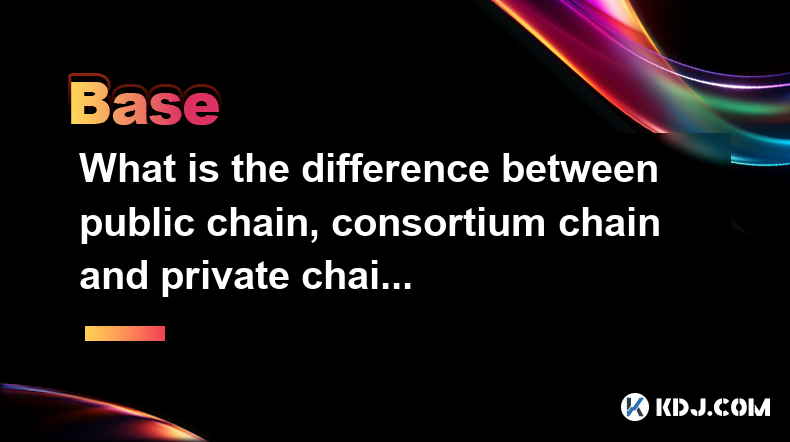
What is the difference between public chain, consortium chain and private chain? What scenarios are suitable for each?
Apr 04,2025 at 09:21pm
In the world of blockchain technology, understanding the differences between public chains, consortium chains, and private chains is crucial for selecting the right type of blockchain for specific applications. Each type of blockchain has its own unique characteristics and use cases, which we will explore in detail. Understanding Public ChainsPublic cha...
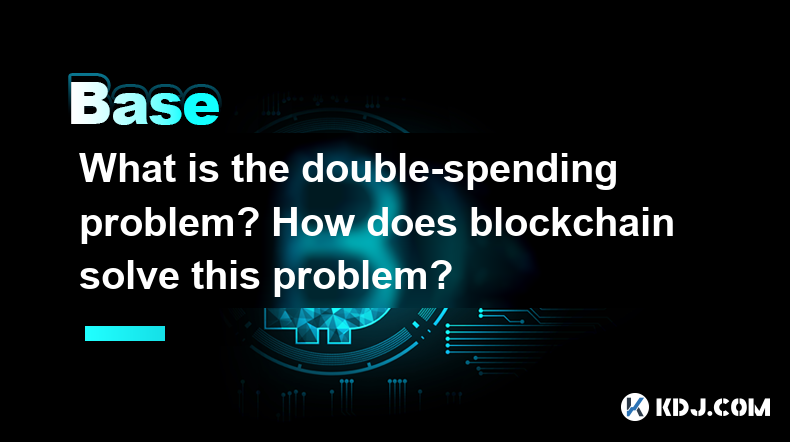
What is the double-spending problem? How does blockchain solve this problem?
Apr 04,2025 at 09:07am
The double-spending problem is a significant challenge in the realm of digital currencies. Double-spending refers to the potential for a digital currency to be spent more than once. This issue arises because digital files, unlike physical cash, can be easily duplicated. If not addressed, double-spending could undermine the integrity and trust in any dig...
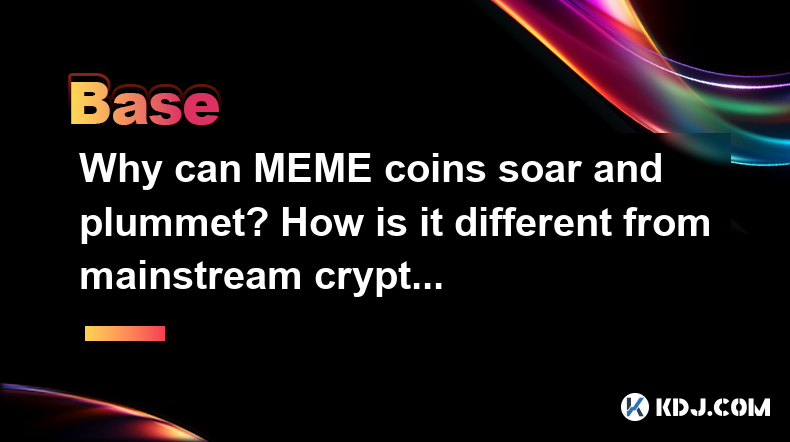
Why can MEME coins soar and plummet? How is it different from mainstream cryptocurrencies?
Apr 04,2025 at 03:07pm
The world of cryptocurrencies is vast and diverse, with a wide range of digital assets that cater to different needs and interests. Among these, MEME coins have carved out a unique niche, often experiencing dramatic price fluctuations that can both soar and plummet in a short period. This phenomenon, while intriguing, differs significantly from the beha...
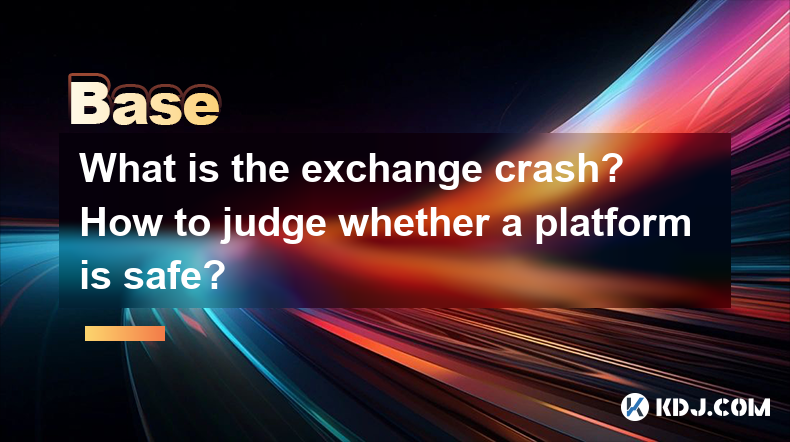
What is the exchange crash? How to judge whether a platform is safe?
Apr 04,2025 at 05:07pm
An exchange crash refers to a sudden and severe disruption in the operations of a cryptocurrency exchange platform, leading to significant financial losses for users and often resulting in the platform's inability to continue functioning. Such crashes can stem from various causes, including cybersecurity breaches, technical failures, or insolvency. Unde...

Why is the oracle called the bridge between blockchain and the real world?
Apr 04,2025 at 04:00am
The concept of an oracle in the cryptocurrency and blockchain world is crucial for understanding how these decentralized systems interact with external data. The oracle is often referred to as the bridge between blockchain and the real world because it serves as a vital intermediary that fetches, verifies, and transmits off-chain data to the on-chain en...

What role does the Merkle tree play in the blockchain? Why can it verify data integrity?
Apr 04,2025 at 01:29pm
The Merkle tree plays a crucial role in the blockchain, primarily due to its ability to efficiently and securely verify data integrity. This article will delve into the structure of a Merkle tree, its implementation in blockchain, and how it ensures the integrity of data. Understanding the Structure of a Merkle TreeA Merkle tree, also known as a hash tr...

What is the difference between public chain, consortium chain and private chain? What scenarios are suitable for each?
Apr 04,2025 at 09:21pm
In the world of blockchain technology, understanding the differences between public chains, consortium chains, and private chains is crucial for selecting the right type of blockchain for specific applications. Each type of blockchain has its own unique characteristics and use cases, which we will explore in detail. Understanding Public ChainsPublic cha...

What is the double-spending problem? How does blockchain solve this problem?
Apr 04,2025 at 09:07am
The double-spending problem is a significant challenge in the realm of digital currencies. Double-spending refers to the potential for a digital currency to be spent more than once. This issue arises because digital files, unlike physical cash, can be easily duplicated. If not addressed, double-spending could undermine the integrity and trust in any dig...

Why can MEME coins soar and plummet? How is it different from mainstream cryptocurrencies?
Apr 04,2025 at 03:07pm
The world of cryptocurrencies is vast and diverse, with a wide range of digital assets that cater to different needs and interests. Among these, MEME coins have carved out a unique niche, often experiencing dramatic price fluctuations that can both soar and plummet in a short period. This phenomenon, while intriguing, differs significantly from the beha...

What is the exchange crash? How to judge whether a platform is safe?
Apr 04,2025 at 05:07pm
An exchange crash refers to a sudden and severe disruption in the operations of a cryptocurrency exchange platform, leading to significant financial losses for users and often resulting in the platform's inability to continue functioning. Such crashes can stem from various causes, including cybersecurity breaches, technical failures, or insolvency. Unde...
See all articles




















































































